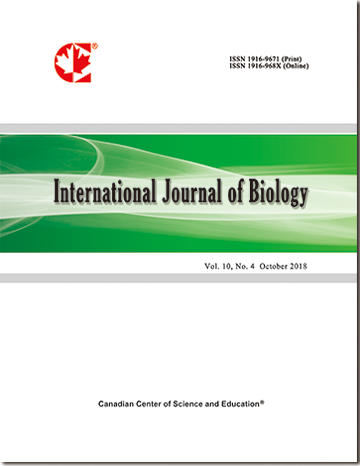Potential Harmful Effects of Carbamazepine on Aquatic Organisms, A Study Using Ants as Invertebrate Models
- Marie-Claire Cammaerts
- David Cammaerts
- Zoheir Rachidi
Abstract
One of the most common pharmaceutical substances present in natural water is carbamazepine, a drug given to persons suffering from epilepsies or pain in their cerebral nervous system, and eliminated intact by the kidneys through sewage systems into rivers. This substance may affect macroinvertebrates and vertebrates depending on watercourses. We thus studied its physiological and ethological effects on ants used as biological models. Carbamazepine decreased the ants’ speed of locomotion, increasing so their sinuosity of movement. It decreased the precision of their reaction, their ‘audacity’, their research activity for food, their cognitive ability in navigating through chicanes, and slightly reduced their olfactory perception. It did not impact their response to pheromones, their brood caring behavior, and their visual perception. It somewhat reduced their tactile perception, induced aggressiveness between congeners while slightly reducing that towards aliens. Carbamazepine largely increased the ants’ ability in acquiring visual and olfactory conditioning, as well as their visual and olfactory memory. Ants never developed dependence on, or habituation to, that drug consumption. After its consumption ended, the effects of carbamazepine vanished in 20 hrs (for the linear speed), 26 hrs (for the sinuosity), and 32 hrs (for the orientation towards an alarm signal). These different physiological and ethological effects, revealed on ants, may occur for persons consuming that drug, and for living organisms depending on natural water contaminated by that drug. Attention should so be paid, as for these effects, to persons cared of with carbamazepine, and improved systems of depuration should be set up for eliminating that drug (as well as several other pharmaceutical pollutant substances) from the (yet not sufficiently) treated waste waters.
- Full Text:
 PDF
PDF
- DOI:10.5539/ijb.v7n3p75
Journal Metrics
h-index (December 2021 ): 37
i10-index (December 2021 ): 149
h5-index (December 2021 ): N/A
h5-median (December 2021 ): N/A
Index
- ACNP
- AGRICOLA
- BASE (Bielefeld Academic Search Engine)
- CAB Abstracts
- CiteFactor
- CNKI Scholar
- CrossRef
- DTU Library
- Elektronische Zeitschriftenbibliothek (EZB)
- Excellence in Research for Australia (ERA)
- Google Scholar
- Infotrieve
- LIVIVO (ZB MED)
- LOCKSS
- Max Planck Institutes
- MIAR
- PKP Open Archives Harvester
- Qualis/CAPES
- ResearchGate
- ROAD
- SafetyLit
- SHERPA/RoMEO
- Technische Informationsbibliothek (TIB)
- Universe Digital Library
- WorldCat
Contact
- Ryan JonesEditorial Assistant
- ijb@ccsenet.org
